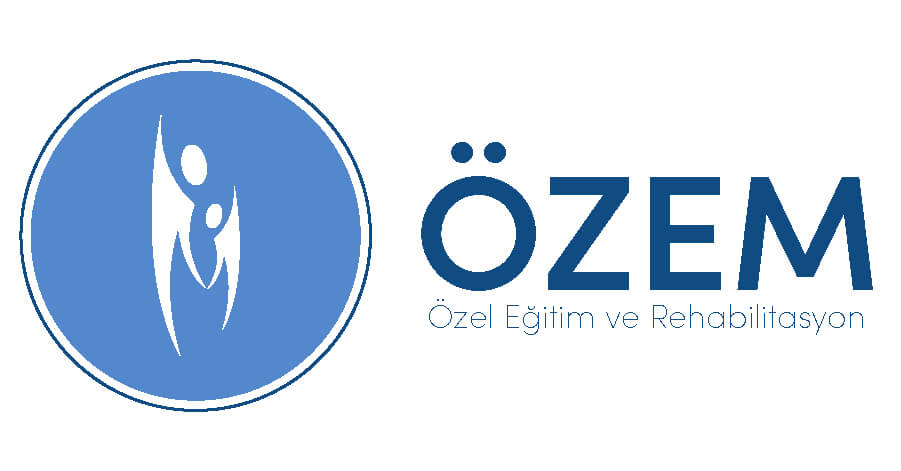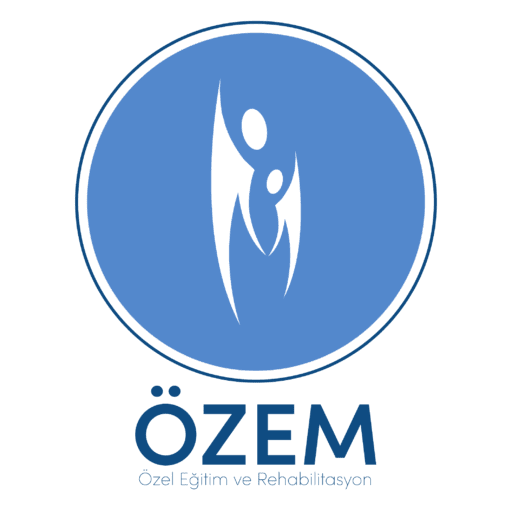
Autism Spectrum Disorder Treatment and Intervention Methods
autism spectrum disorder (ASD) available treatments for, aims to reduce symptoms that interfere with daily functioning and quality of life. 1 ASD affects everyone differently., the unique strengths of people with ASD, have difficulties and different treatment needs. 1 Because, treatment plans often involve more than one specialist and are tailored to the individual.
Treatments education, health, may be given in community or home settings or a combination of settings. It is important for providers to communicate with each other and with the person with ASD and their family to ensure treatment goals and progress are meeting expectations..
Individuals with ASD are transitioning out of high school and into adulthood., additional services can help improve health and daily functioning and facilitate social and community participation. Continuing education for some, completing job training, employment and secure housing and transportation support may be required.
Types of Treatment
Many types of treatment are available. These treatments can generally be divided into the following categories, but some treatments involve more than one approach:
- Behavioral
- developmental
- Trainer
- Social-Relational
- pharmacological
- Psychological
- Complementary and Alternative
Behavioral Approaches
Behavioral approaches, focuses on changing behavior by understanding what happens before and after the behavior. Behavioral approaches, Compared to all other approaches to treating ASD symptoms has the most evidence. Behavioral approaches, they have gained wide acceptance among educators and healthcare professionals and are used in many schools and treatment clinics. Considerable behavioral treatment for people with ASD Applied Behavior Analysis (ABA/UDA) called . ABA, encourages desired behaviors and deters undesirable behaviors to develop various skills. Progress is monitored and measured. Aba/Uda is a cognitive approach. It has a wide application concept. Implementing a single approach based on Aba/Uda does not imply implementing Aba/Uda. Aba/Uda is not just about teaching with discrete essays.
Discrete Trial Training (DTT) ve Basic Response Training (PRT) ABA/UDA are two of the most important teaching styles.
- DTT, uses step-by-step instructions to teach a desired behavior or response. Lessons are broken down into their simplest parts and desired answers and behaviors are rewarded. Unwanted answers and behaviors are not taken into account..
- PRT takes place in a natural setting rather than a clinical setting.. Purpose of PRT, several skills that will help the person learn many other skills. “basic skill” is to develop. An important example of skill, to initiate communication with others.
ABA, this cannot be reduced to two important teaching methods. The original concept takes shape according to the individual.. All methods used in ABA practice are evidence-based., that is scientific. Aba is a dynamic program. An individual's learning and practice of several ABA/UDA teaching methods does not mean ABA is being practiced.. The team implementing the ABA program should receive continuous supervision. ÖZEM ABA Center implements ABA/UDA in original concept, provides uninterrupted supervision to its experts.
Developmental Approaches
Developmental approaches, focuses on developing specific developmental skills, such as language skills or physical skills, or a wider range of interrelated developmental abilities. Developmental approaches are often combined with behavioral approaches.
Most common developmental therapy for people with ASD, Speech and Language Therapy . Speech and Language Therapy, helps improve one's understanding and use of speech and language. Some people with ASD communicate verbally. Others signs, gestures, can communicate using pictures or an electronic communication device.
Occupational therapy , teaches skills that help a person live as independently as possible. skills to dress up, to eat, may include bathing and interacting with people. Occupational therapy may also include:
- To help improve responses to sensory input that may be restrictive or overwhelming Sensory Integration Therapy .
- Physiotheraphy, can help develop physical skills such as fine movements of the fingers or larger movements of the trunk and body.
Early Start Denver Model (ESDM), It is a broad developmental approach based on the principles of Applied Behavior Analysis.. 12-48 Used in children between months. Parents and therapists, dil, game in natural environments to develop social and learning skills, uses social exchange and shared attention.
Educational Approaches
Educational treatments are delivered in a classroom setting. a kind of educational approach, Treatment and Education of Children with Autism and Related Communication Disabilities (TACK) is the approach. TACK, based on the idea that people with autism thrive with consistency and visual learning. Provides teachers with ways to adjust classroom structure and improve academic and other outcomes. For example, daily routines can be written or drawn and placed in a clearly visible place. Boundaries can be set around learning stations. verbal instructions, can be supplemented with visual instructions or physical demonstrations.
Social-Relational Approaches
Social-relational treatments, focuses on developing social skills and building emotional bonds. Some social-relational approaches involve parents or peer mentors.
- developmental , Individual Differences, Relationship Basedmodel (“Base time” also called) , parents and therapists, encourages the pursuit of the individual's interests to expand communication opportunities.
- Relationship Development Intervention( RDI) model, motivation to participate in shared social interactions, includes activities that increase interest and abilities.
- Social Stories, provides simple explanations of what to expect in a social situation.
- Social Skills Groups, Provides people with ASD opportunities to practice social skills in a structured setting.
Pharmacological Approaches
There is no treatment that treats the core symptoms of ASD. medicine there is no . some drugs, May help people with ASD work better, treats co-occurring symptoms. For example, medicines, high energy levels, can help manage inability to focus or self-harming behaviors such as head banging or hand biting. Medication, seizures, It can also help manage medical conditions such as sleep problems or stomach or other gastrointestinal problems, as well as co-occurring psychological conditions such as anxiety or depression..
When considering medication, it is important to work with a doctor experienced in treating people with ASD.. This applies to both prescription drugs and over-the-counter drugs.. Individuals, families and doctors, must work together to monitor progress and responses to make sure the negative side effects of the drug do not outweigh the benefits.
Psychological Approaches
psychological approaches, anxiety of people with ASD, can help them cope with depression and other mental health issues. Cognitive Behavioral Therapy (CBT), thoughts, a psychological approach that focuses on learning the connections between emotions and behaviors. during CBT, a therapist and an individual, work together to set goals and then change how the person thinks about a situation to change how they react to the situation.
Complementary and Alternative Therapies
Some individuals and parents, uses treatments that do not fit into any of the other categories. These treatments are Complementary and Alternative. known as treatments . Complementary and alternative therapies are often used to supplement more traditional approaches. special diets, herbal supplements, chiropractic care, animal therapy, art therapy, may include mindfulness or relaxation therapies. Individuals and families, should always talk to their doctor before starting a complementary and alternative treatment.
Other treatments may be available for individuals with ASD. Talk to a doctor or healthcare professional to learn more..
For more information you can visit:
American Academy of Pediatrics Council for Children with Disabilities: https://pediatrics.aappublications.org/content/145/1/e20193447external icon
Autism Association: https://www.autism-society.org/living-with-autism/treatment-options/external icon
Autism Speaks: https://www.autismspeaks.org/ Treatments-autismharici simge
Interinstitutional Autism Coordination Committee: https://iacc.hhs.gov/publications/publications-analysis/2012/ Treatments.shtmlharici simge
National Institute of Child Health and Human Development: https://www.nichd.nih.gov/health/topics/autism/conditioninfo/treatmentsexternal icon
References
- Hyman, SL, Levy, SE, Myers, SM and AAP Council for Children with Disabilities, Department of developmental and behavioral pediatrics. (2020). Identifying children with autism spectrum disorder, evaluation and management. Pediatricians,145(1), e20193447.


